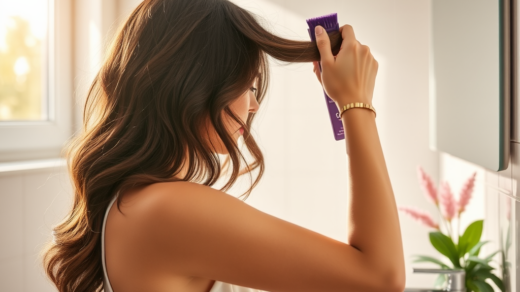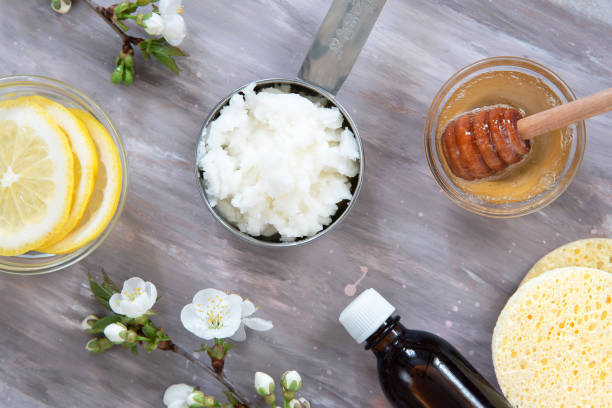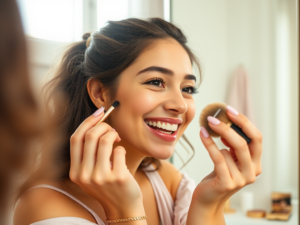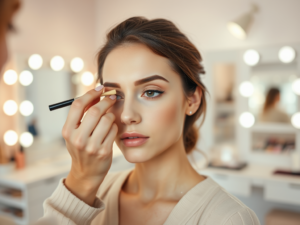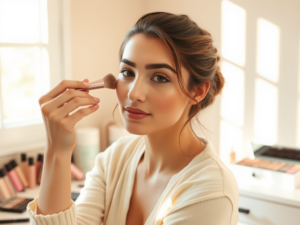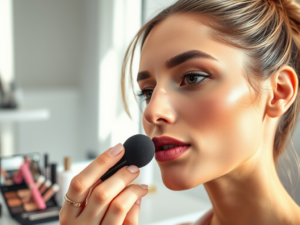The Ultimate Guide: How to Use Conditioner for Healthy Hair
Conditioner is often hailed as a magic potion in the beauty world, possessing the power to turn dull, lifeless hair into a cascade of healthy shine. However, the art of conditioning goes beyond simply slathering it on and rinsing it off. Understanding how to use conditioner properly can significantly improve not just the health of your hair, but also its manageability and appearance. This guide will walk you through the types of conditioners available, application techniques, and the profound benefits that come from regular use. By embracing a few simple strategies, you will soon discover the transformative effect of conditioning on your hair vitality.
The longer and more frequent you use conditioner appropriately, the more benefits you will see. Whether you have straight, wavy, curly, or coily hair, specific conditioners can address the unique needs of your hair type. From combating frizz to promoting moisture retention, knowing how to use conditioner is crucial for achieving your desired hair goals. Thus, understanding the diverse range of conditioners and how they interact with your hair can lead to a customized regimen that enhances its natural beauty.
Types of Conditioners
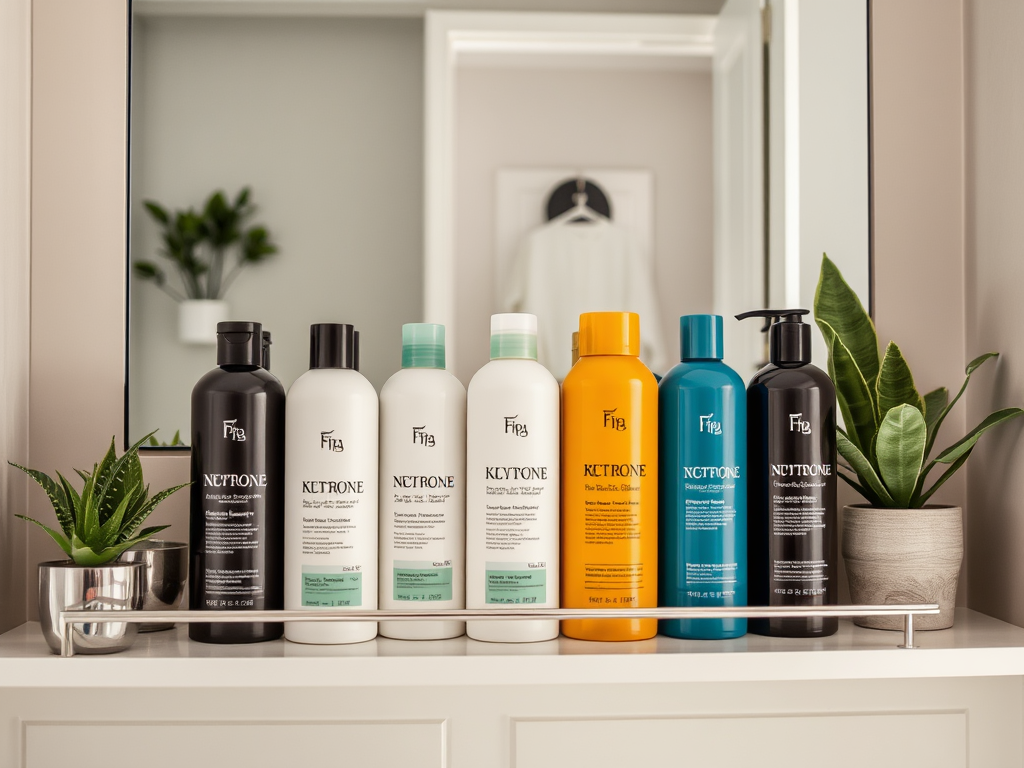
Selecting the right conditioner tailored to your hair type is a fundamental step in your hair care routine. Each type of conditioner has specific ingredients and functions that help in nurturing and repairing hair damage. Below is an overview of the most common types and their uses, intended to help you make an informed decision.
- Leave-In Conditioners: Convenient for daily hydration, these products are applied post-wash and left to work throughout the day.
- Rinse-Out Conditioners: Designed for short-term use during the washing process—providing immediate moisture and softness.
- Deep Conditioners: Used occasionally, these treatments provide intense hydration, helping to restore damaged hair.
Leave-In Conditioners
Leave-in conditioners serve as a protective barrier, shielding your hair from environmental damage and adding a touch of moisture. Their lightweight formulas ensure that hair feels soft without feeling heavy or greasy. You can use these conditioners on both damp and dry hair, allowing for versatile styling opportunities. The right leave-in product can also help define curls, reduce frizz, and improve overall manageability. This makes them an essential component for anyone looking to maintain bouncy, healthy locks.
Rinse-Out Conditioners
Rinse-out conditioners are perhaps the most commonly used type, ideal for everyday use. These conditioners work by replenishing moisture lost during washing while smoothing the hair cuticle. They typically have a creamy texture and are easy to apply in the shower. For best results, apply from mid-length to ends, avoiding the scalp to prevent excess oiliness. The market offers a vast selection—each formulated with varying ingredients targeted at specific hair concerns.
Deep Conditioners
Deep conditioning treatments are powerful allies against dryness and damage. Unlike standard conditioners, deep conditioners offer a much higher concentration of moisturizing ingredients. They come with a time commitment, as leaving them in for an extended period can yield satisfying results. This section will briefly explore the types of ingredients often found in deep conditioners.
| Common Ingredients | Benefits |
|---|---|
| Coconut Oil | Penetrates hair shaft, providing lasting moisture and shine. |
| Shea Butter | Helps to nourish and repair damaged hair, providing softness and elasticity. |
| Argan Oil | Rich in antioxidants, it promotes healthy hair growth and reduces frizz. |
How to Properly Apply Conditioner
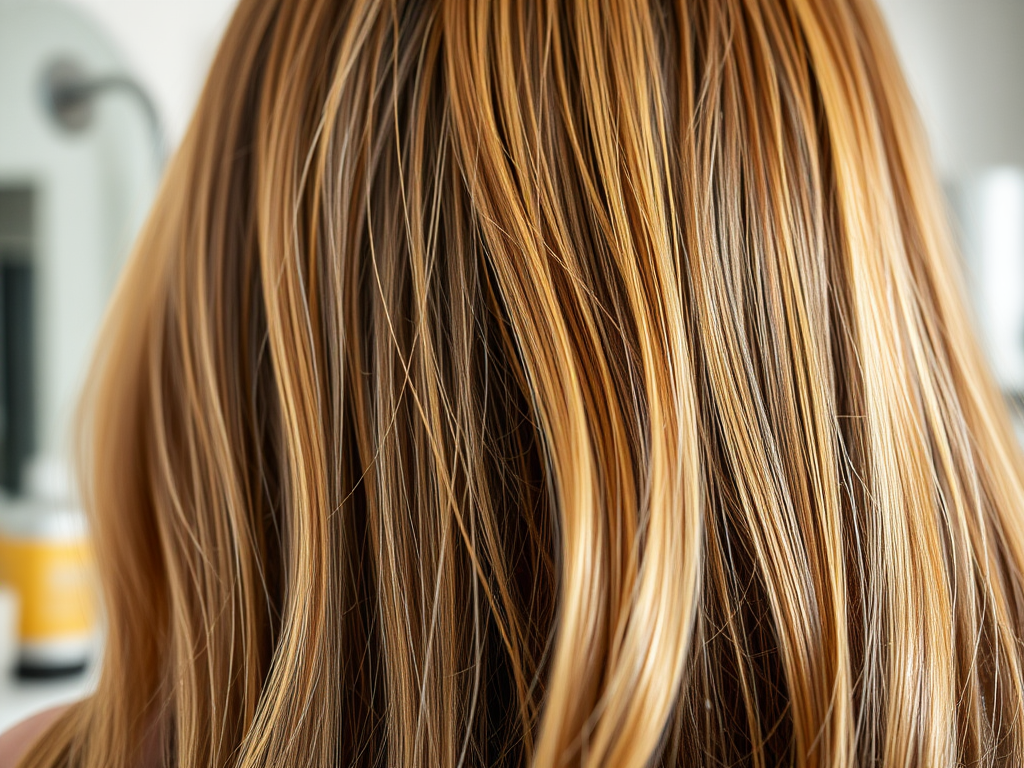
The application of conditioner plays a pivotal role in maximizing its benefits. Incorrect application can lead to greasy hair, lack of moisture, or even product buildup. Here’s the ideal step-by-step process to ensure you’re getting the most out of your conditioner.
- Begin with clean, damp hair for optimal absorption.
- Use a generous amount of conditioner, customizing the quantity based on your hair length and thickness.
- Focus primarily on mid-lengths and ends, steering clear of the scalp to avoid excess oiliness.
- Distribute the product evenly using your fingers or a wide-toothed comb to detangle.
- Follow the recommended time on the product label before rinsing thoroughly with cool water.
Conclusion
In summary, mastering the art of using conditioner can make a significant difference in the overall health and appearance of your hair. Different conditioner types offer specific benefits tailored to various needs, so selecting the right one is key. Regularity, application method, and ingredients all contribute to achieving luscious locks. Don’t shy away from experimenting to find what works perfectly for your hair type. With patience and understanding, you can unlock the secret to soft, shiny, and vibrant hair that turns heads.
Frequently Asked Questions
- How often should I condition my hair? It depends on your hair type; generally, conditioning once or twice a week is suitable for most hair types.
- Can I use conditioner every day? Yes, but it’s more common and beneficial for drier hair types; those with oily hair may want to condition less frequently.
- What if my hair feels greasy after conditioning? You may be using too much product or applying it too close to your scalp.
- Are there specific conditioners for colored hair? Yes, look for color-safe conditioners specifically formulated to protect and nourish color-treated hair.
- How do I know if I’m using the right conditioner? Assess how your hair feels after use—if it’s soft, manageable, and shines, you’re likely using the right product.
